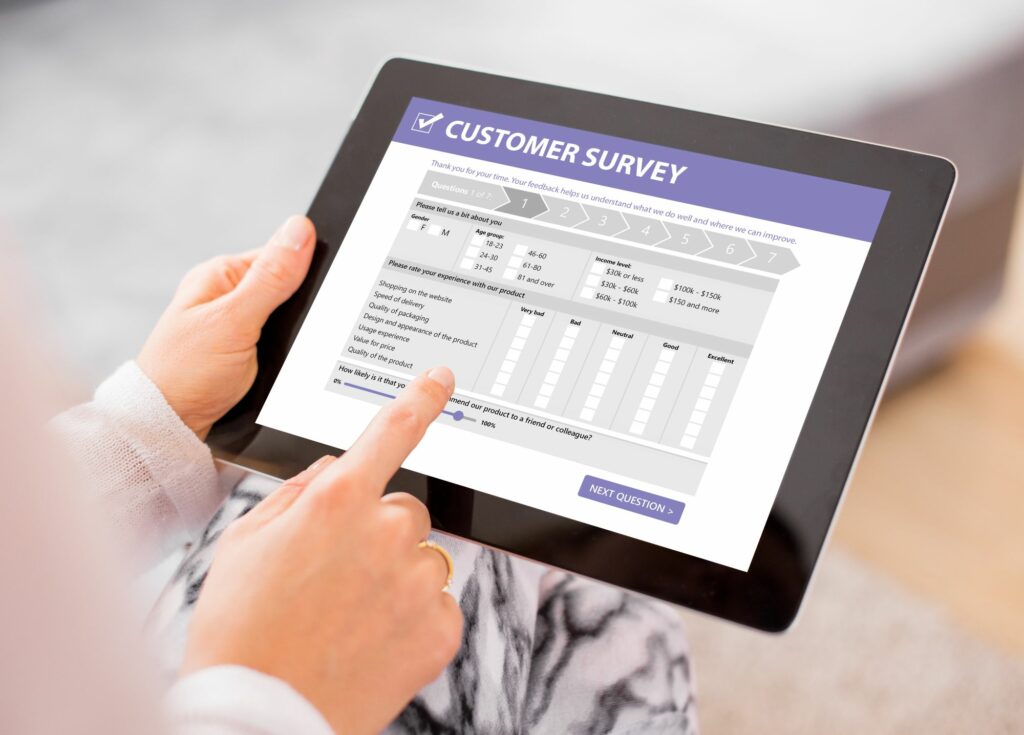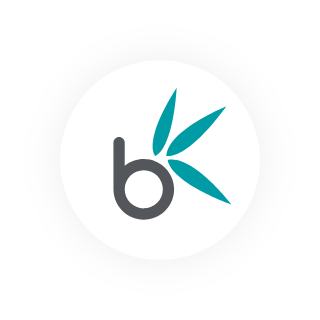How To Give Your Audience What They Need

You could be writing the article of your life but if you miss your target audience, you’re wasting your time. If you don’t spend time getting to know your audience, all your hard work and effort will go to waste. Don’t spend your time throwing filler content at the proverbial wall, hoping that it will stick. Define your target audience and cater directly to them.
Start by Understanding What Drives Your Audience
To really connect with your audience, you first need to understand what drives, encourages, and entertains them. This has a lot to do with psychology. You might say that psychology has nothing to do with digital marketing and content writing, but you couldn’t be more wrong.
Understanding the psychology behind what users see on the page can help your content marketing flourish.
To help elaborate on this point, let’s take a look at Maslow’s Hierarchy of Needs. Maslow’s Hierarchy of Needs is fascinating as it gives us a glimpse into the human psyche, helping us understand basic human needs so that we can be more equipped to meet them.
Physiological Needs: Considered the main physical requirements for human survival.
- Food
- Water
- Sleep
- Shelter
- Sex
Safety Needs: these are about keeping us safe from harm.
- Personal security
- Emotional security
- Financial security
- Health and well-being
- Safety from accidents/illness and the impacts of these
Social Belonging: according to Maslow, humans need to feel like they belong (whether this is in large groups or small). Social belonging is all about creating connections.
- Friendships
- Intimacy
- Family
Self-Esteem: Most humans need to love and be loved by others. If love is absent, it can cause issues such as depression, social anxiety, and loneliness.
Self-Actualisation: this refers to what a person’s full potential is and the desire to accomplish everything you can.
- Mate acquisition
- Parenting
- Utilising abilities
- Utilising talents
- Pursuing a goal
- Seeking happiness
Most of the content you write should fit somewhere within Maslow’s Hierarchy of Needs. That is, it should be providing value to the reader in some way. Whether you are letting someone know they’re not alone, you’re encouraging them to join a dating site to meet ‘the one’, or you’re providing advice on how to fix a problem, your content should cater to the customer’s fundamental need.

How to Decode Your Audience’s Prime Concern: Understanding User Intent
When a user types something into Google, they are generally looking for something specific. User intent refers to the “why” behind a search query. That is, why is a user searching for that? What are they hoping to achieve? An easy way to break down what audiences are looking for is like this:
- Transactional: users are looking to buy something.
- Answer: users are searching for a direct response to a question. They need data fast and don’t generally have an intent to click through and read.
- Research: users are looking for more information.
- Local: users are searching for a service or product near them.
- Visual: users want visual inspiration for something (Pinterest, YouTube).
- Freshness and news: users want to stay up to date with the latest happenings.
- Brand: users are searching directly for a specific brand.
Categorising user intent into sections like this is a great way to better understand the types of content your audience may be looking for. The better you can understand your audience, the more effectively you can strategise to meet their needs.
Tracking Audience Empathy and Creating Meaningful Connections
As we mentioned earlier in Maslow’s Hierarchy of Needs, humans are keen to create meaningful connections. The best way you can resonate with an online user is by connecting with them and sharing your message in a way that resonates with their worldview. Empathy mapping is a great way to capture what your audience is looking for. Try to address the following key points:
- What do they see? What’s happening around them?
- What do they say to their friends, parents, or colleagues?
- What do they do? What is their attitude or behaviour like?
- What do they feel? What are some common emotions they experience?
- What do they hear? What do their friends, boss or loved ones say about them?
- What do they think? What are they worried about or wanting to achieve?
Gaining a better understanding of how your audience thinks about and interacts with the world will help you create a message that resonates effectively with them. We all know that content creation is important, but even more so, is creating the right content. By really connecting with your audience, you can increase shares, conversions, engagement, and brand awareness – all of which has positive repercussions.
So, how do you do all this?
Keyword Research

Keyword research is all about helping users find your website. It helps you rank for the keywords that are relevant to your business and provide content users are looking for. With the help of keyword research, you can find out what people are searching and use this information to target your customer base more effectively.
Typically, keywords fall into three main categories:
- Informational keywords: these are used to find broad topics that people want to know more about. It is your opportunity to provide helpful and interesting information they will want to read more about or even link to and share with their friends.
- Navigational keywords: these are used to find a specific website or product. These users have already done their research. They know what they want, but they may need a little more convincing to make a purchase.
- Transactional keywords: these are used to find a product to purchase. These users are well on their way to purchasing a product or service and they have what is otherwise referred to as ‘intent to buy’.
By identifying the relevant keywords and search terms people are using, you can better address audience need.
Know Where Your Audience Spend Their Time
Rather than waiting for your audience to come to you (because let’s be honest, you could be waiting forever), consider going to the places your audience hangs out. Some common social spaces online include forums, LinkedIn, and social media.
Social media gives you real insight into how users behave in their daily lives. On social media, users are interacting with their friends and family members, and local communities, and even extending these relationships to brands and influencers.
Speak the Right Language
Let’s be honest, teenagers aren’t going to be interested in reading an article on purchasing properties that is full of statistics. But they could be interested in Zoella buying her first house just down the road with the money she made from her business.
To relate to and connect with your audience, you need to speak their language. This isn’t just about using the right phrases or tone of voice, but it’s also about connecting with their interests. Want to make a boring subject enticing to the right audience? Speak the right language.
Check Out Your Website Analytics
The roots of using data in SEO projects are largely analytics-focused. Analytics tell us where people are coming from, what’s working, and what opportunities we can exploit in digital marketing.
Forbes
Programmes like Google Analytics can tell you a lot about your audience. For example, Google Analytics tells you all about the visitors coming to your website; their demographic information, what’s bringing them to your site in the first place, and what they do once they’re there. Taking a look through Google Analytics is a great way of evaluating your audience and also user behaviour. Not only is this useful for audience research, but it’s also excellent for highlighting which areas of your website may need improving.
Find Out What Your Audience are Sharing
Another way you can get to know your audience quickly and easily is by finding out what they share online. What sorts of articles and videos are they sharing online? What sorts of products and services are they promoting? Not only will finding this information out help you know more about your audience’s likes and dislikes, but it may also give you inspiration for topics you may not have considered.
Survey Your Customers

If you want to get into the nitty-gritty of customer experience, it is necessary to ask the right questions. Surveys are a big part of getting to know your ideal audience and they help you find out huge amounts of information in mere minutes. If you’ve never surveyed your audience before, consider it as it’s a great way to find out more about them, their likes and dislikes, influencers, and so much more.
How Understanding Audience Affects SEO
There is a lot of information and research that goes into finding and understanding your audience and what they need. It can be easy to forget that search users are human beings. Get to know your users first and foremost so that you can cater to their needs effectively.
The better you know your audience, the more effectively you can create appealing content ideas, make formats decisions, handle positioning and placement, and promote content. The more sophisticated your keyword analysis, the better your SEO campaigns and content efforts will perform.
Forbes
Copywriting is about creating a connection between the words on the page and the reader. Whether you’re looking to gain more followers online, create more conversions, or simply connect with the right people, understanding your audience affects every aspect of your SEO strategy.


